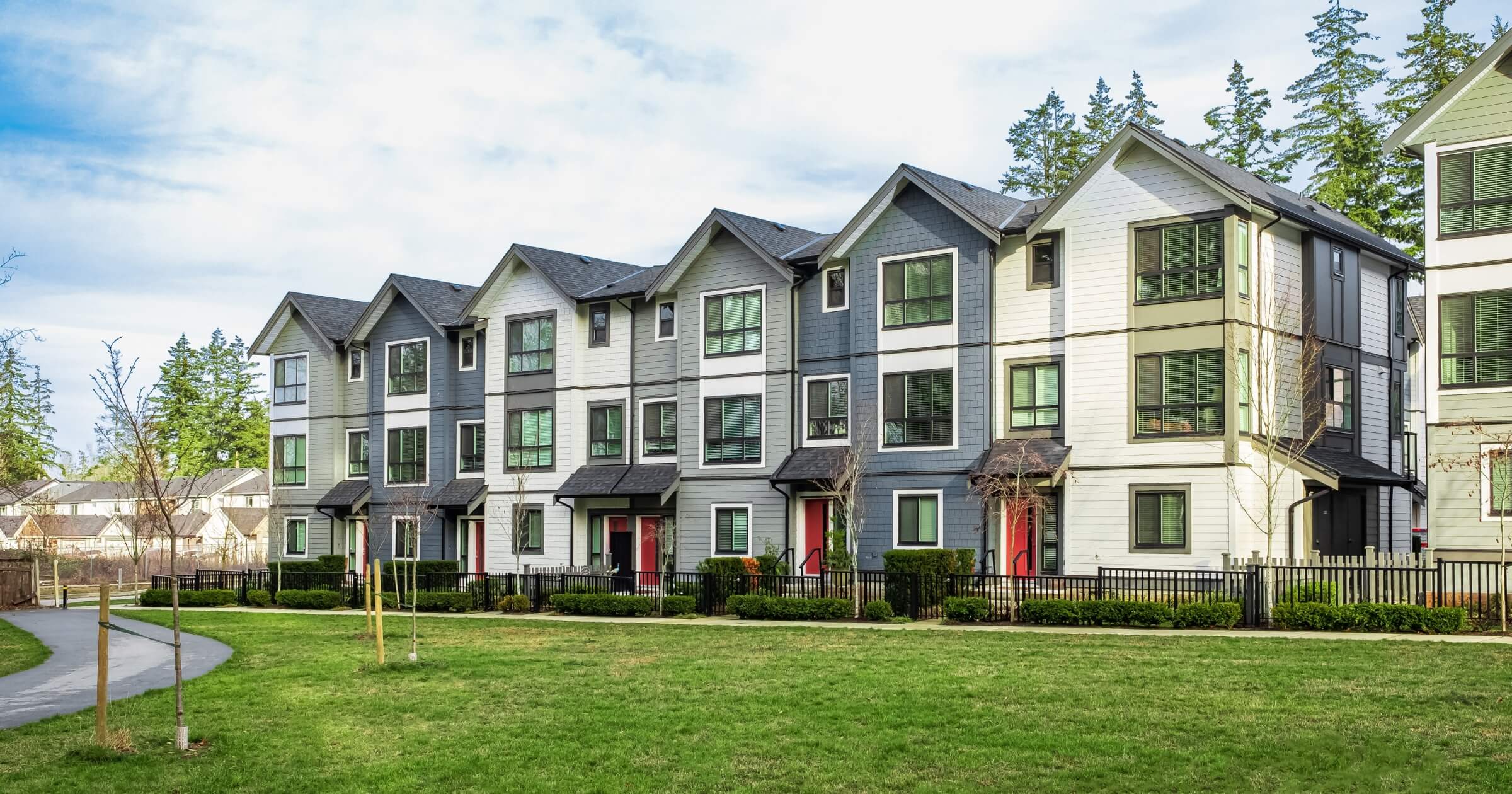The latest housing data shows townhouses are taking a bigger share of the market than ever before. In the second quarter of 2025, builders started 45,000 single-family attached units, making up 17% of all single-family starts. On a one-year moving average, that number climbs to 18.3%, the highest level since records began in 1985.
The U.S. is seeing a clear shift toward more townhouses. Builders broke records in Q2 2025 with 45,000 townhouses started, accounting for 17% of all single-family housing starts. The one-year moving average bumped up to 18.3%, the highest since data began in 1985.
So what’s fueling this trend? It’s all about finding balance. Townhouses, also called “single-family attached”, hit the sweet spot between affordability and space. They utilize land efficiently, are often situated close to town centers or transit, and appeal to buyers seeking value, convenience, and ownership.
This rise in “missing middle” housing, such as townhouses, duplexes, and small multifamily units, is a response to the tight housing supply. While 2- to 4-unit multifamily starts remain low (just about 5,000 starts in Q2), townhouses are making significant gains in filling that middle ground.
On the positive side, townhouses are generally more affordable than detached single-family homes, making them accessible to more buyers. They also allow for more efficient land use, which eases supply pressures in crowded areas. Many developments are built in walkable, connected neighborhoods, often close to transit and local amenities. With demand for medium-density housing running high, builders are increasingly leaning into this type of construction.
There are also challenges. Townhouses offer less privacy due to shared walls, and their outdoor spaces are generally smaller compared to those of detached homes. Many developments fall under homeowners’ association rules, which can restrict flexibility for owners. Denser layouts can also create parking and space issues that planners and residents must work around.
This shift reshapes how we live in our communities. Instead of sprawling development, we may see neighborhoods that blend townhouses with green spaces, shops, and transit, offering a more sustainable and accessible layout. For developers, it’s an opportunity to meet demand while making wise use of land and infrastructure.
“The long-run prospects for townhouse construction are positive given growing numbers of homebuyers looking for medium-density residential neighborhoods, such as urban villages that offer walkable environments and other amenities,” says NAHB Chief Economist Dr. Robert Dietz. “Where it can be zoned, it can be built.”
Still, it’s a balancing act. Urban planners and policymakers must ensure these growth patterns support livability, quality design, ample green space, and thoughtful integration with existing neighborhoods.
In short, the rise in townhouse construction in mid-2025 signals a pivotal shift: Americans want affordable, connected, and efficient housing. Townhouses are stepping into that space, and the market is responding.
Want more insights like this? Subscribe to our newsletter for the latest housing and construction updates.


